News
-
 Astronomy
AstronomyA study of Earth’s crust hints that supernovas aren’t gold mines
Supernovas aren’t the main source of gold, silver and other heavy elements, a study of deep-sea crust suggests.
-
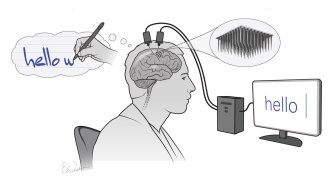 Neuroscience
NeuroscienceBrain implants turn imagined handwriting into text on a screen
A person who was paralyzed from the neck down was able to communicate, thanks to brain-to-text technology.
-
 Psychology
PsychologySmall bribes may help people build healthy handwashing habits
Getting people to wash their hands is notoriously difficult. Doling out nice soap dispensers and rewards helps people develop the habit.
By Sujata Gupta -
 Health & Medicine
Health & MedicineAs the COVID-19 pandemic evolves, we answer 7 lingering vaccine questions
As U.S. vaccination efforts shift to get shots to the hard-to-reach, we take a look at some big questions about vaccines that still remain.
-
 Health & Medicine
Health & MedicinePfizer’s COVID-19 vaccine recommended for adolescents by CDC committee
With the vaccine cleared for high schoolers and many middle schoolers, focus now turns to clinical trials testing COVID-19 vaccines in younger kids.
-
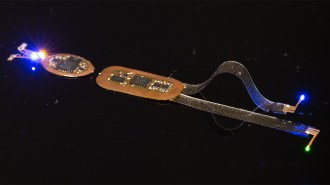 Neuroscience
NeuroscienceScientists remotely controlled the social behavior of mice with light
New devices — worn as headsets and backpacks — rely on optogenetics, in which bursts of light toggle neurons, to control mouse brain activity.
-
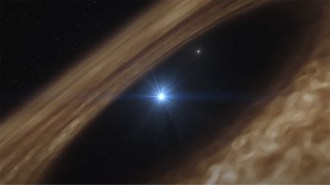 Space
SpacePlanet-forming disks around stars may come preloaded with ingredients for life
Methanol spotted around a hot, young star probably originated in interstellar space, suggesting some chemistry for life may start before stars form.
-
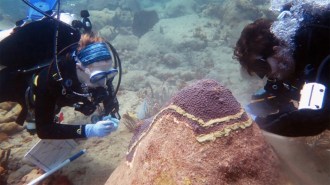 Animals
AnimalsA common antibiotic slows a mysterious coral disease
Applying the antibiotic amoxicillin to infected lesions halted tissue death in corals for at least 11 months after treatment.
-
 Health & Medicine
Health & MedicineHow India’s COVID-19 crisis became the worst in the world
Scientists say a laxed attitude toward masking and social distancing plus the rise of new variants may have fueled India’s coronavirus surge.
-
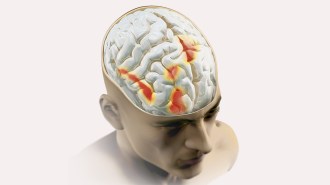 Neuroscience
NeuroscienceMild zaps to the brain can boost a pain-relieving placebo effect
By sending electric current into the brain, scientists can enhance the pain-relieving placebo effect and dampen the pain-inducing nocebo effect.
-
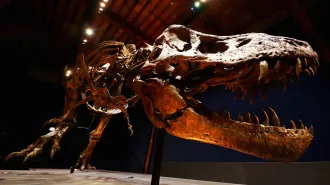 Paleontology
PaleontologyT. rex’s incredible biting force came from its stiff lower jaw
T. rex could generate incredibly strong bite forces thanks to a boomerang-shaped bone that stiffened the lower jaw, a new analysis suggests.
By Sid Perkins -
 Climate
ClimateMangrove forests on the Yucatan Peninsula store record amounts of carbon
Dense tangles of roots and natural water-filled sinkholes join forces to stockpile as much as 2,800 metric tons of carbon per hectare in the soil.